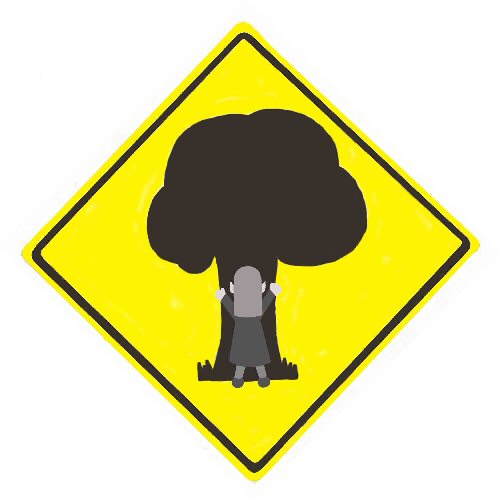riff_raff wrote:autogyro,
"The best way to transfer energy is by using electricity."
I'll have to nitpick your comment. Considering just the typical resistance in most wiring systems and electric motor losses, electrical power transfer is likely less efficient than mechanical power transfer in an automotive driveline.
A well designed spur gear transmission will transfer power from the engine crank to the rear axel, while changing rotational speed, with only a 2 or 3 percent loss. A well designed PM electric motor system performing the same function, will easily have double those losses.
When you consider the entire "Well-to-Wheel" fuel impacts and manufacturing life cycle energy usage requirements, a good diesel piston IC engine system still outperforms the best fuel cell or plug-in EV.
With a pure EV, once you consider the efficiency losses at each stage of the electrical power generation (a modern coal-fired co-gen powerplant might hit 60% BTE) and transmission system (10% line losses), and the losses incurred during the charge and discharge cycles (70% efficiency at best) of the battery, you probably have losses of at least 62% by the time the car's motor sees the electrical power. Add in the average 10% loss of the electrical motor, and you only end up with about 34% of the original energy making it to the rear axel of your EV.
A good production automotive diesel will hit 40% BTE (ie. an SFC of 195 g/kw-hr), and with a 3% transmission loss, it's 39% energy conversion efficiency rate is still better than the EV's.
If you don't like my guesstimated numbers, let me know.
Best regards,
Terry
Not interested much in your numbers as they are the wrong comparison, work on this.
I have been designing transmissions for over 30 years and a 2 to 3 percent loss is cloud cuckoo land, the losses from the bearings alone are more than that.
You are also ignoring the huge losses from the IC engine whether petrol, diesel or what ever.
The energy transfer losses from an electrical pick up system would also depend on other factors. One being whether the system was inductive or not. It is strange that such systems work very efficiently on train systems and that some train systems ie the French system,the braking energy from the trains is actually sold 'back' to the national grid!
Well to wheel maths conveniently miss the possibility of locally sited wind turbines that are already being used to supply power carbon free to industrial and commercial set ups. Lotus are in fact just installing one near me. Easy to extend that to lane recovery.
People should really wake up to the EV revolution going on under their noses and take far less notice of the fossil fuel share holders and brrm brrm merchants they live in an ancient world.

